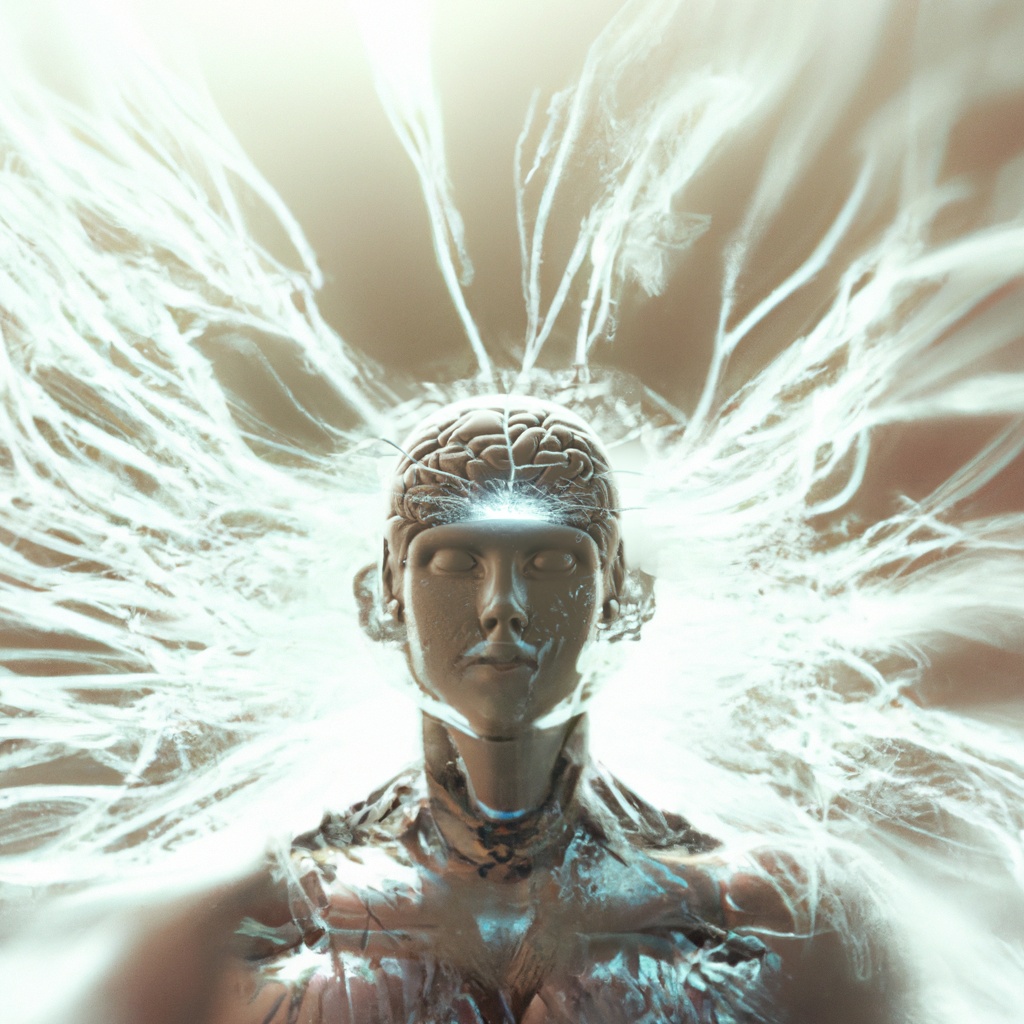Artificial Intelligence (AI) has long been thought of as a tool for automation and optimization, with a focus on improving efficiency and productivity. However, recent advancements in AI technology have sparked a new debate on its potential to enhance human creativity. In this article, we will explore the role of AI in creativity, its benefits, and its limitations.
AI has the potential to support creativity in a variety of ways. For example, AI algorithms can be used to generate novel ideas or enhance existing ones. In music, AI can be used to compose new pieces, harmonise melodies, or even generate lyrics. In art and design, AI can be used to create new images, animations, and graphics. AI can also be used to help creatives better understand their audience and the market, by analysing trends and preferences.
One of the most significant benefits of AI in creativity is its ability to augment human capabilities. By automating repetitive tasks and generating new ideas, AI can free up time and energy for creatives to focus on more complex and meaningful work. AI can also provide new perspectives and insights, allowing creatives to explore new possibilities and push the boundaries of their craft.
Another benefit of AI in creativity is its potential to democratise access to creative tools and knowledge. AI-powered software and platforms can help individuals without formal training or experience create professional-quality work. For example, tools like OpenAI's DALL-E can create images from text descriptions. AI can also provide personalised recommendations and feedback to users, helping them improve their skills and achieve their goals.
However, there are also limitations to AI in creativity that should be considered. One of the primary concerns is the risk of over-reliance on AI-generated content, which can lead to a homogenization of creative output. If everyone is using the same AI tools and algorithms, there is a risk that creativity and originality will be lost. Additionally, some argue that AI-generated content lacks the emotional and human connection that comes from work created by a human artist.
Another limitation of AI in creativity is the potential for bias and ethical concerns. If AI is trained on datasets containing biases, it can perpetuate and amplify those biases in its output. For example, if an AI model is trained on a dataset that contains predominantly white faces, it may have difficulty recognizing and generating images of people with darker skin tones. Additionally, there are concerns about the ownership and attribution of AI-generated content. Who owns the copyright to an AI-generated piece of music or art? Should AI-generated content be considered a form of plagiarism or derivative work?
Despite these limitations, the potential for AI in creativity is vast, and the technology continues to evolve rapidly. One area of particular interest is the intersection of AI and creativity in scientific research. AI can be used to analyse large datasets and identify patterns and correlations that may be missed by human researchers. AI can also be used to generate new hypotheses and ideas, leading to new discoveries and innovations.
Another area of interest is the use of AI in creative collaboration. By allowing multiple creatives to work together in real-time, AI can help facilitate communication and idea-sharing, leading to more effective and efficient teamwork.
In conclusion, the role of AI in creativity is complex and multifaceted. While there are limitations and concerns that must be addressed, the potential benefits of AI in creativity are vast. As AI technology continues to evolve, it is likely that we will see even more innovative and exciting applications in the field of creativity. By embracing AI as a tool for augmentation and inspiration, we can enhance human creativity and push the boundaries of what is possible.
Note: This article was written by ChatGPT.
